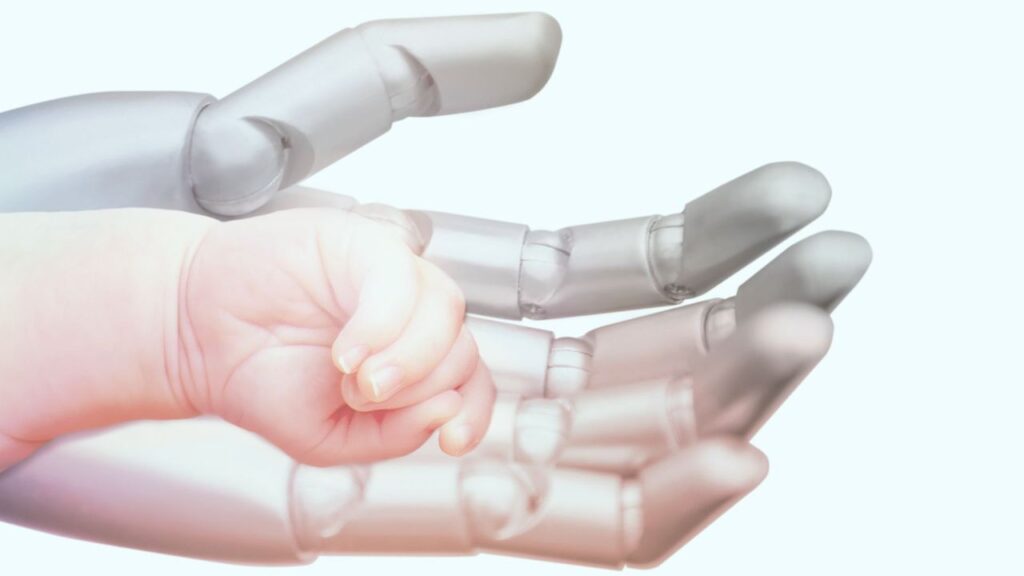
A story claiming that a Chinese technology CEO is developing a “pregnancy robot” has gone viral, igniting discussions about the feasibility and ethics of such technology. The CEO projected that a prototype of this robot, designed to sustain a human pregnancy from conception to birth, would be ready by next year. Despite the intriguing nature of the claim, it has been established that the entire narrative is fictional.
As social media amplified the story, many began to question whether the concept of a pregnancy robot could ever become a reality with current advancements in technology. The idea of a mechanical entity managing the complex process of human reproduction raises numerous ethical concerns that warrant serious consideration.
Exploring the Implications of Reproductive Technology
If a pregnancy robot were indeed possible, it would not only revolutionize the way we perceive childbirth but also challenge traditional notions of parenthood and family. The scientific community has made significant strides in reproductive technology, including artificial wombs and advanced fertility treatments, yet the prospect of a robot carrying a pregnancy raises questions about autonomy, consent, and the very definition of motherhood.
The viral story also prompted a poll inviting public opinion on the matter. Participants are encouraged to share their thoughts on whether they would consider using such a technology, and what factors might influence their decision. Responses vary widely, reflecting diverse perspectives on the intersection of technology and personal choice in matters of reproduction.
Science Fiction or Future Reality?
The discussion surrounding the pregnancy robot touches on broader themes in the realm of biotechnology and artificial intelligence. While the current capabilities of technology do not support the creation of a fully functional pregnancy robot, advancements in related fields suggest that the future may hold unforeseen possibilities.
As artificial intelligence continues to evolve, the ethical implications of such innovations become increasingly complex. The narrative of the pregnancy robot serves as an engaging thought experiment, challenging individuals to consider how far technology should go in the realm of human reproduction.
In conclusion, while the story of the pregnancy robot is fictional, it has sparked a crucial dialogue about the potential of technology to reshape our understanding of childbirth and the ethical implications that accompany such developments. As society grapples with these questions, the conversation is likely to continue evolving, reflecting our collective hopes and concerns about the future of reproductive health.







